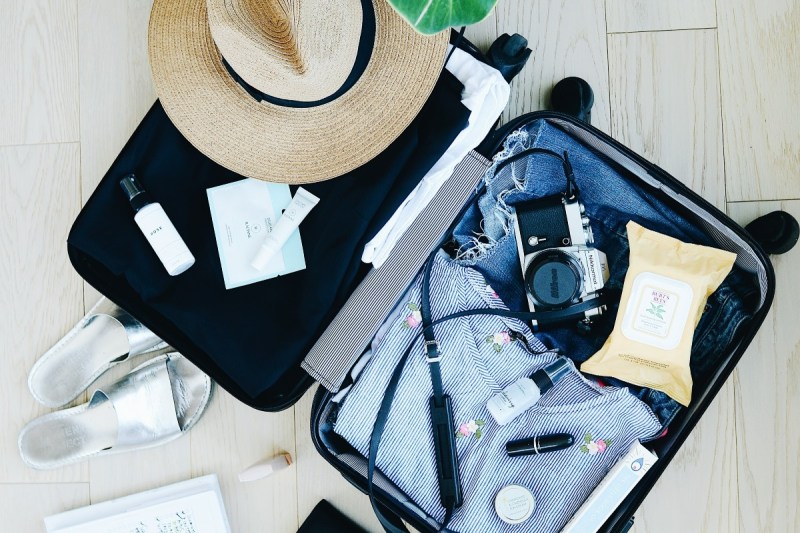These days, searching for travel tips to help mitigate travel chaos is the norm (even more so than usual) thanks to a combination of factors that arose largely as a result of COVID. I experienced it firsthand in August when I arrived at the notoriously overwhelmed Schiphol Airport in Amsterdam, where I found thousands of lost bags stacked all over the place. Then, while flying from there to Istanbul, my own backpack joined the league of lost luggage, though I was able to track it down.
I had a premonition (from the stacks of lost bags, perhaps?) that I should have trimmed my backpack down a bit better, thereby allowing myself to travel carry-on only, but I decided that I couldn’t live without a bunch of stuff that I definitely didn’t need. I’ve traveled for a decade solid, so I definitely should have known better. With that in mind, here are a few travel tips that will help with packing light and packing right so that you can achieve one-bag travel and limit the odds of your stuff going missing on your flight.
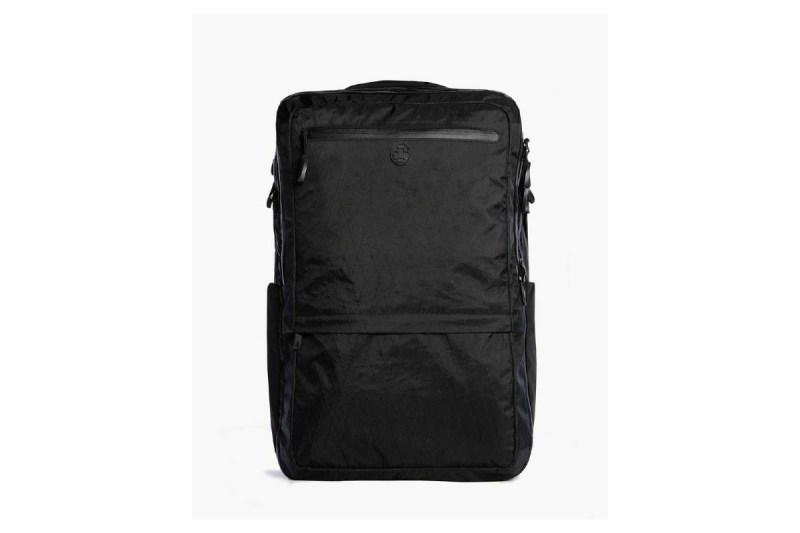
Choose the right bag
There are plenty of options when it comes to choosing a carry-on bag. I’ve tried just about all of them, and most formats have some sort of problem to overcome. Roller suitcases are convenient and protective, but you end up losing a lot of potential interior space due to the handle and wheel attachments. Traditional hiking backpacks can be too long for overhead compartments, and they’re also a pain to dig through because of their layout.
Tortuga solves this by fusing a suitcase-like design with a backpack setup. It’s specifically designed to maximize every square inch allowed to you by airline restrictions, and it has the best assortment of pockets and other organizational features that I’ve seen in any bag. What’s more, Tortuga travel backpacks are durable, comfortable, and water-resistance. The bottom line is that no other bag allows you to pack so much into the carry-on space allowance.
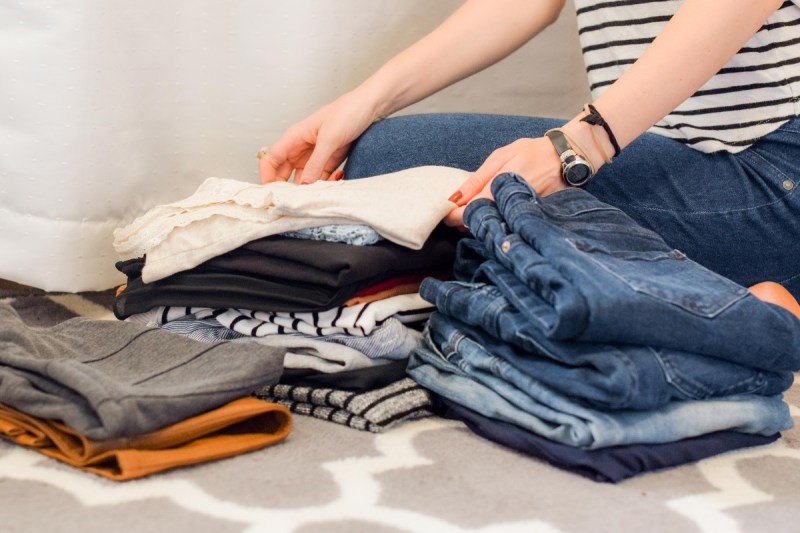
Slow down and pack properly
Fitting everything in is all about space efficiency. You’ve probably heard the old “roll, don’t fold” adage in regard to packing clothes. Stuff socks and underwear into shoes — or better yet, don’t bring along an extra set of shoes at all. You’re packing light, right?
In the end, proper packing isn’t so much about using specific tactics but more a matter of keeping organization in mind. If you just throw everything into a bag, very little will fit. If you take the time to find the right place for each item, you’ll be able to fit far more into a smaller space.
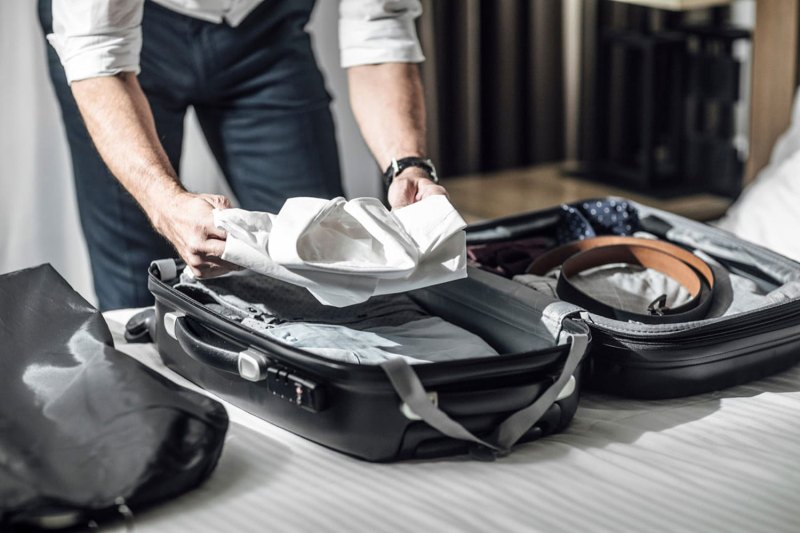
Forget “just-in-case” items
Every time I pack a bag, I find myself adding in a lot of “just-in-case” items. In my case, this can include everything from a travel chess set to a flashlight to a little water-purifying straw. This is probably all great if the need arises, but here’s the thing — it never does.
Leave all this kind of stuff at home. Keep in mind while packing that the things you actually use on a day-to-day basis will be pretty clear. Anything that has you thinking “just in case” should stay at home.
Use a packing list
Keeping a packing list when traveling is great for not only making sure that you don’t forget anything essential but also for ensuring that you don’t bring anything extra. Wondering what to pack in a carry-on? It’s easy: If it’s not on the list, it doesn’t go in the bag.
If you’re wondering what to pack in a carry-on, here’s what I’ve found to be a pretty solid list. Keep in mind that I travel for months on end with pretty much no more and no less than this:
- 4 T-shirts
- 2 pairs of shorts
- 2 pairs of pants
- 1 swimsuit
- 7 pairs of socks
- 7 pairs of underwear
- 2 pairs of gym shorts
- 2 gym shirts
- 1 rain shell
- 1 hoody
- 1 belt
- 1 pair of flip-flops
- Toothbrush
- Razor
- Toothpaste
- Notepad
- Pen
- Kindle
- Laptop
- 2 USB-C cables
- 2 USB-A cables
- Bluetooth speaker
- 1 power bank
- Wireless headphones
I also usually have a pair of running shoes clipped to the outside of my bag by a carabiner.
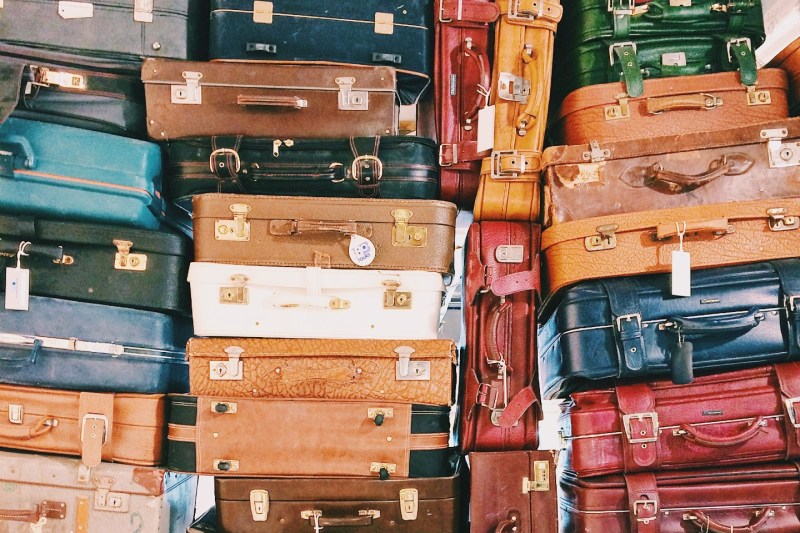
Make the most of your personal item
In addition to your larger bag, you’re allowed a smaller personal item that can fit below the seat in front of you. I push the limits of this by using a rather large camera bag, but you can use a large purse, laptop bag, small backpack, or whatever else will fit. This is a great place to carry extra items that won’t fit in your larger bag, or to pack along souvenirs.
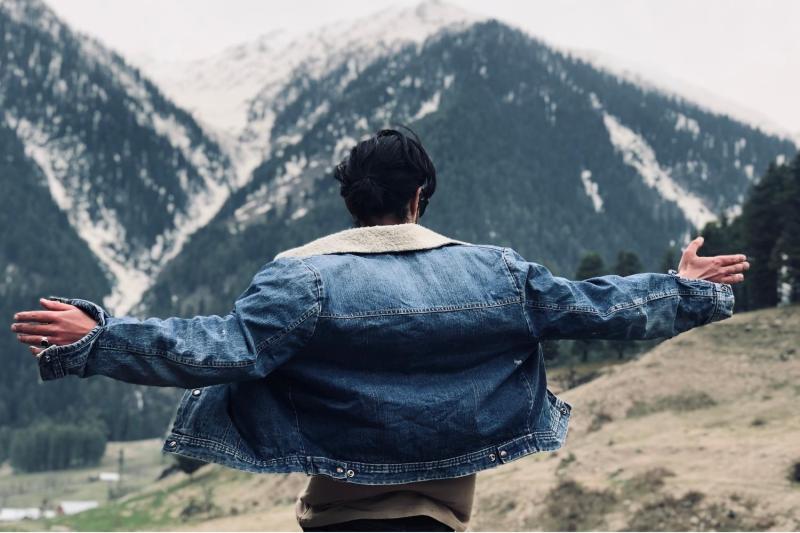
Make the most of your jacket
I’ve largely stopped traveling with any form of heavier jacket or oversized coat, but that’s because I’m typically going through hot climates. When I do go someplace that necessitates a larger outer layer, I fill its pockets with everything I possibly can. Think of it as a third bag you wear over your body.

Buy toiletries at your destination
Don’t fill up your bag with everything from your bathroom sink. Bring a few essential items, then get everything else wherever you’re going. This can also help speed things along at airport security by skipping the part where you forget that you packed a bottle of whatever that exceeds the 3.4-ounce liquid rule.
How do you travel like a pro?
I’ve been traveling professionally for a decade now, and while stress is unavoidable, I’ve definitely learned a thing or two about streamlining the whole process. From my experience, it comes down to striking a balance between planning and improvisation.
Planning is what we’ve been doing above: pinning down the specifics of how to pack. It also involves factors like where you’re going to stay, actual travel plans (sorting out busses, trains, planes, taxis, and the like), and considering eventualities like how delayed flights or lost bags could impact your itinerary. Having the details sorted and at least a vague idea of some backup plan is always a good idea.
At the same time, pros learn how to improvise when plans fall through, or unforeseen opportunities present themselves. A rail worker strike, for example, might theoretically muck up your plans entirely (as I have experienced firsthand) — preventing you from reaching your intended city or hotel — but thankfully, you planned ahead and booked accommodations that offer free cancellations, so now you’re better equipped to improvise and find a place to stay someplace more convenient. And, as Rick Steves points out, you also have the chance to enjoy a unique cultural event — and he’s about as “pro traveler” as it gets.
Editors' Recommendations
- Visiting the Grand Canyon? Your complete guide for a Northern Arizona road trip
- Does air travel stress you out? You’ll love these changes to the United Airlines app
- What to bring on a plane: Experts reveal what should always be in your carry-on
- Travelers are going to hate American Airlines’ newest policy change
- These are the travel memberships and subscriptions that are worth the money

